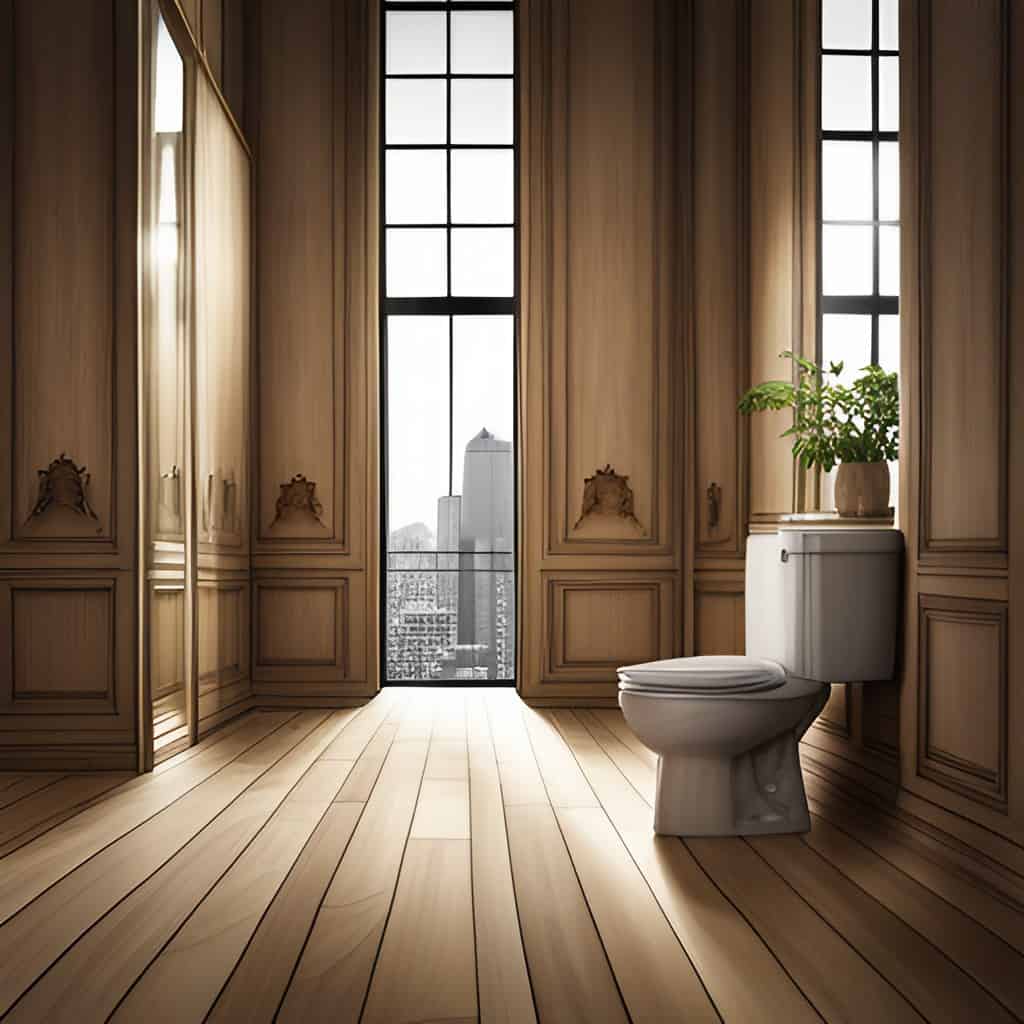How to Remove and Install the Toilet Without Flooding Your Home
If you plan to renovate your bathroom, don’t forget to replace and install the toilet. It’s not just about improving the overall look of the space, but it also serves practical purposes. Replacing a toilet involves disconnecting all the old connections to the water supply, sewer line, and drain pipe. Then, the new connections must be carefully checked to ensure they are sealed tight to prevent leaks or flooding that could cause water damage and pose health risks. That’s why it’s best to hire experienced professionals to handle the job. They’ll ensure everything is done correctly and up to safety standards. This way, you’ll avoid costly repairs and have peace of mind knowing your new toilet is installed correctly.
Check out other renovation ideas for the bathroom.
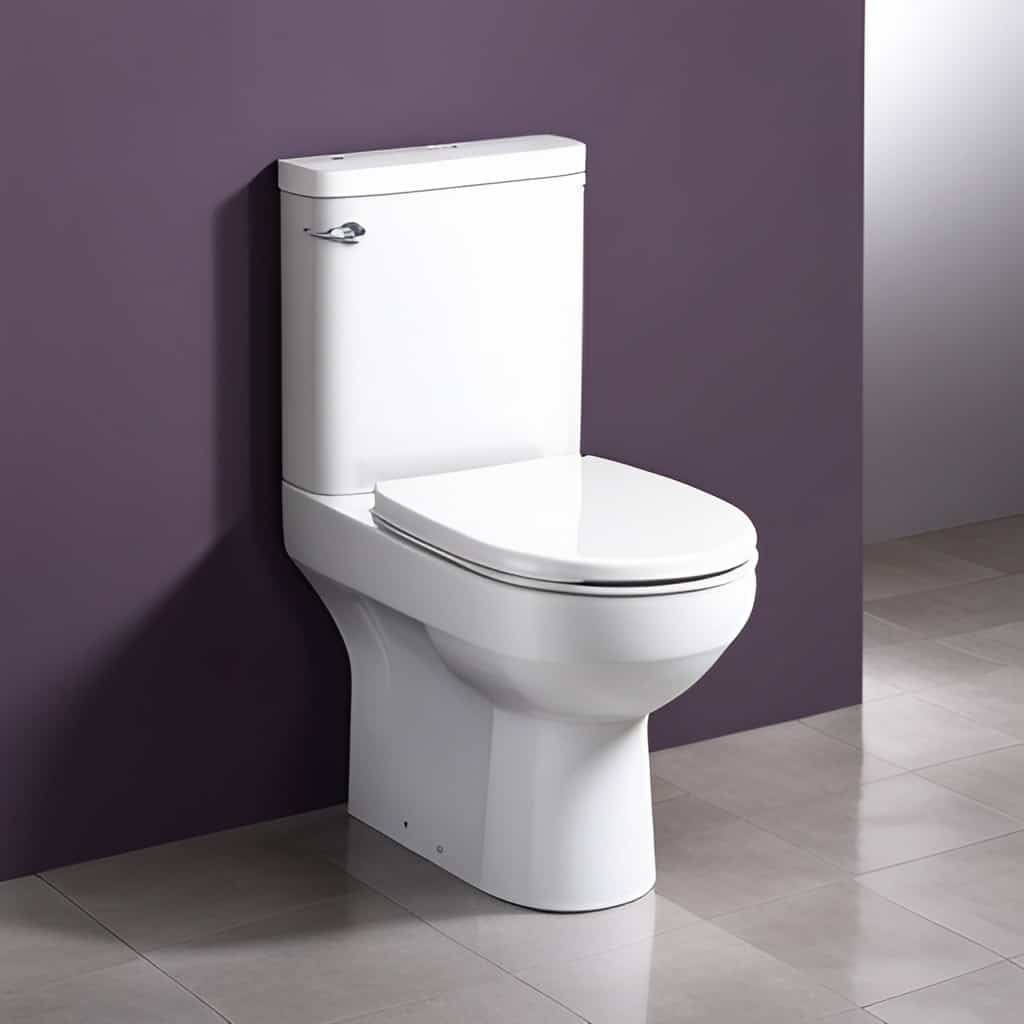
Equipment Needed
- Adjusted wrench
- Putty Knife
- Towels
- Bucket
- Tongue-and-groove pliers
- Wax ring
Step-by-Step Instructions to Remove and Install Toilet
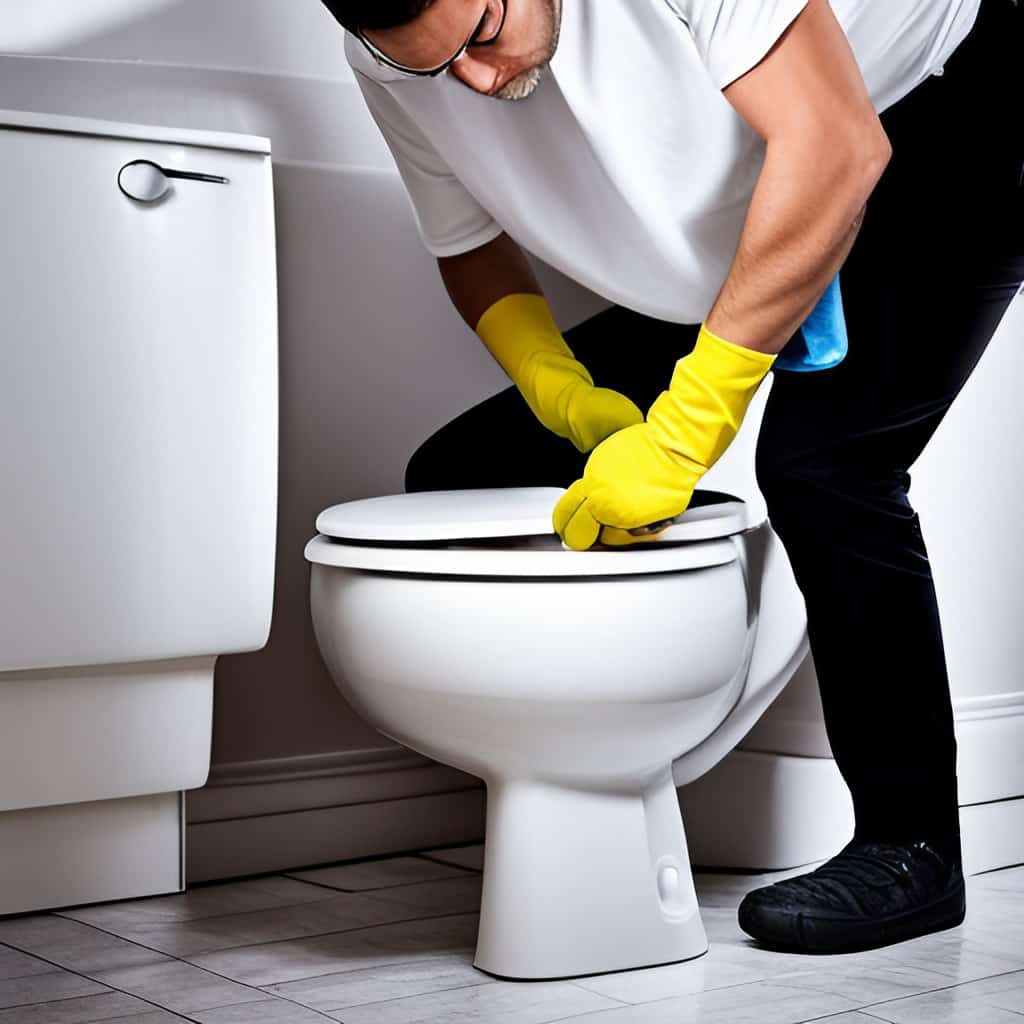
Removing Old Toilet
To stop the water supply to your toilet & remove the toilet:
- Turn the valve handle clockwise until it stops.
- Flush the toilet to empty the tank and remove the lid.
- Use a sponge to dry any remaining water from the tank and bowl.
- Use pliers to disconnect the water supply tube from the fill valve on the tank.
- Remove the caps on the bolts holding the toilet to the floor, and use a wrench to remove the nuts.
- Cut the bolts with a hacksaw blade if the nuts won’t come off.
- With help, lift the toilet off the bolts and place it on towels or newspapers to protect your floor.
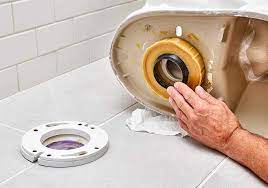
Inspect the Flange & Apply Wax Ring
When removing an old toilet, it’s essential to take caution and ensure that the tank and bowl are adequately supported as you carefully lay it on its side or back. To avoid any wax spreading around your home, using a putty knife is highly recommended to scrape off the old wax ring from the bottom of the bowl. Additionally, it’s crucial to thoroughly remove any residual wax from the closet flange on the floor. Take the time to inspect the closet flange for any damages and replace or repair it if necessary. These steps will help ensure a safe and successful removal process.
Then, put a new wax ring on the horn – the raised ring around the drain hole at the toilet’s base. Push the wax ring firmly onto the horn, ensuring it’s flat and undamaged. Then, carefully lower the toilet onto the wax ring, ensuring it’s in the right place. Once the toilet touches the floor, you can’t reuse the wax ring, so you’ll need to start with a new one.
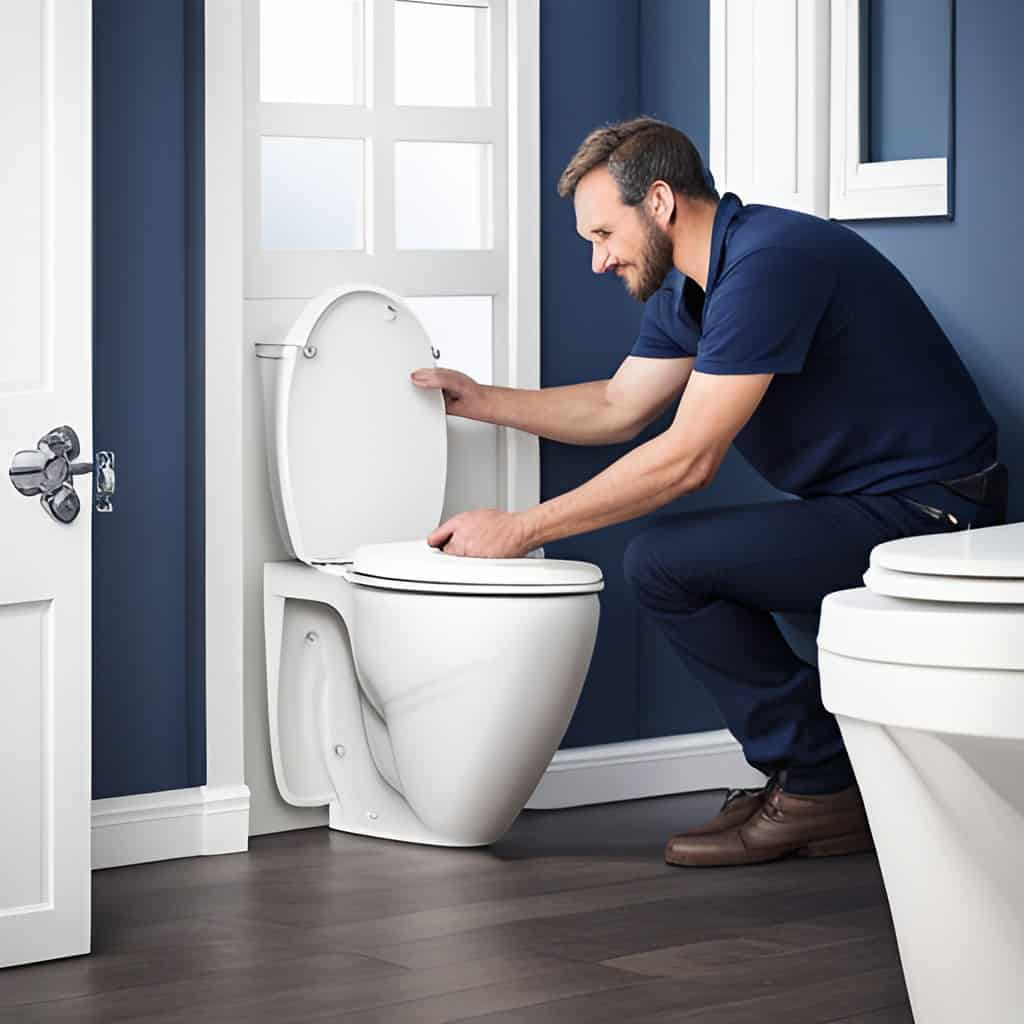
Placing New Toilet & Tightening Bolts
First, place the flange bolts into their corresponding slots on the flange, ensuring that their threaded ends are facing upwards. With the assistance of a helper, carefully lift the toilet, with or without the tank, and place it onto the closet flange. Make sure to slip the holes in the base over the flange bolts and press down on the toilet base with gentle rocking pressure until it is firmly seated on the floor.
Next, install the washer and nut onto each closet bolt. Gradually tighten the nuts, alternating from one side of the toilet to the other to ensure equal pressure. It is crucial to keep the bolts manageable to avoid cracking the tank base. Finally, cover the bolts with the provided plastic caps.
If the toilet tank was separated, install it by placing the flush valve gasket with the tank on the bottom, around the center opening. Secure the mounting bolts through the inside of the tank, then place the tank on the bowl, making sure to slip the mounting bolts through the holes in the bowl. Add and tighten the nuts and washers until the tank is secure and level.
Connecting Water Supply Tube & Testing
First, connect the water supply tube to the tank’s fill valve, ensuring to tighten it securely with pliers. Once this is done, turn the toilet’s shutoff valve counterclockwise to allow the tank to fill up. Letting the tank fill entirely before moving on to the next step is a good idea.
Once the tank is full, it’s time to test the toilet to ensure everything works correctly. To do this, flush the toilet and observe the water flow. Look for any leaks around the water line connections and the toilet base. If you notice any leaks, you must address them immediately to prevent further damage.
You can seal the toilet’s base with pure silicone caulk if desired. However, leaving the back unsealed is a good idea so leaks can be spotted more easily. Following these steps and taking the necessary precautions ensures your new toilet is installed safely and correctly.
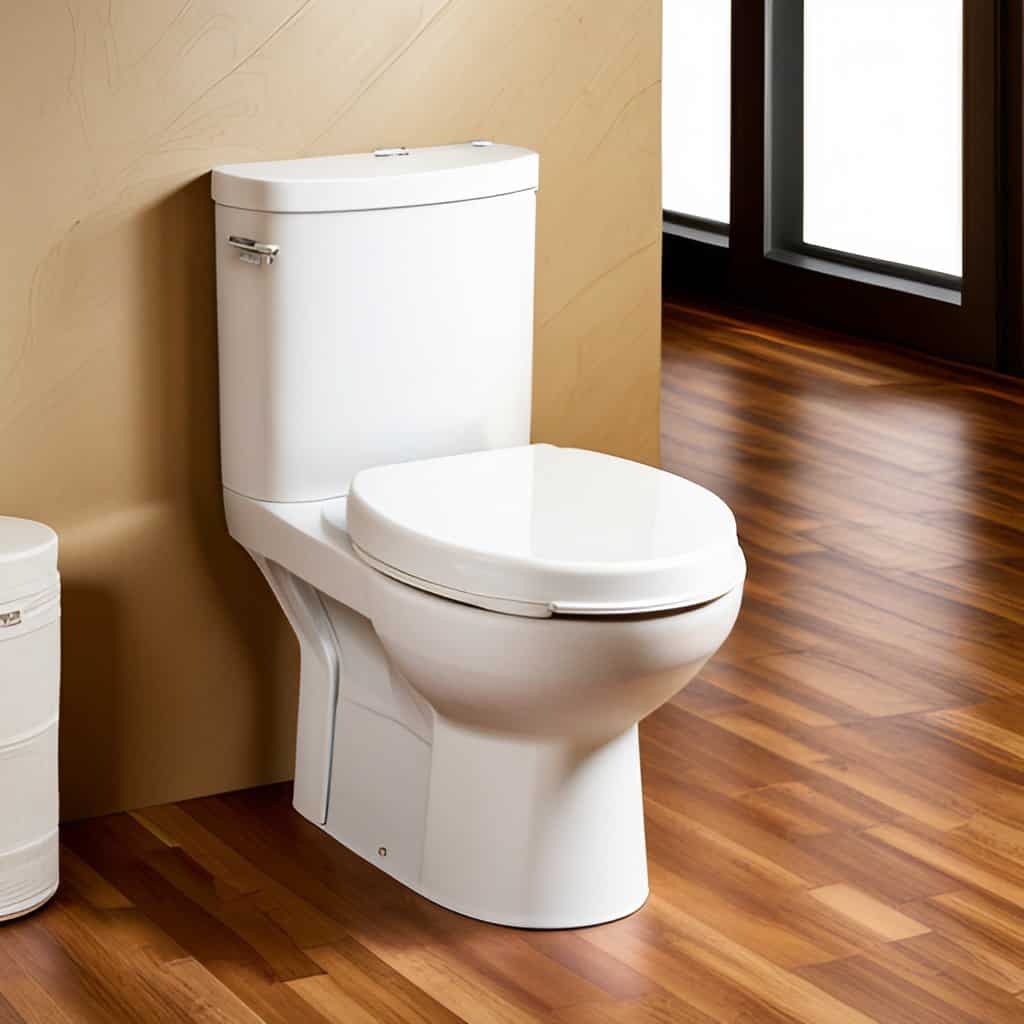
Wrapping Up and My Experience With Replacing Old Toilet
I replaced my old toilet with a new one, which was surprisingly easy. I consulted with a professional who knew my plumbing system, and they helped me install it quickly and without any problems. The new toilet looks great and flushes efficiently, quickly removing water. It’s also well-sealed, so I don’t have to worry about leaks or flooding. Overall, it was a smooth process thanks to the professional’s expertise. Now, I have a reliable, efficient, and protective toilet in my home.
Check out some of our favorites.
Frequently Asked Questions
Should I call a plumber to replace the toilet?
When installing a toilet, it’s best to hire a professional. They have the experience and tools to handle any issues that may arise, such as leaks, broken pipes, mold, and damaged subflooring. I replaced my own when I was far from a professional.
How often should you replace your toilet?
While toilets are meant to last several decades, they have a limit. If you know your toilet has been around longer than you’ve been alive, it’s likely on its last leg already. A general rule of thumb is to replace a toilet every 25 years, though your mileage may vary.

